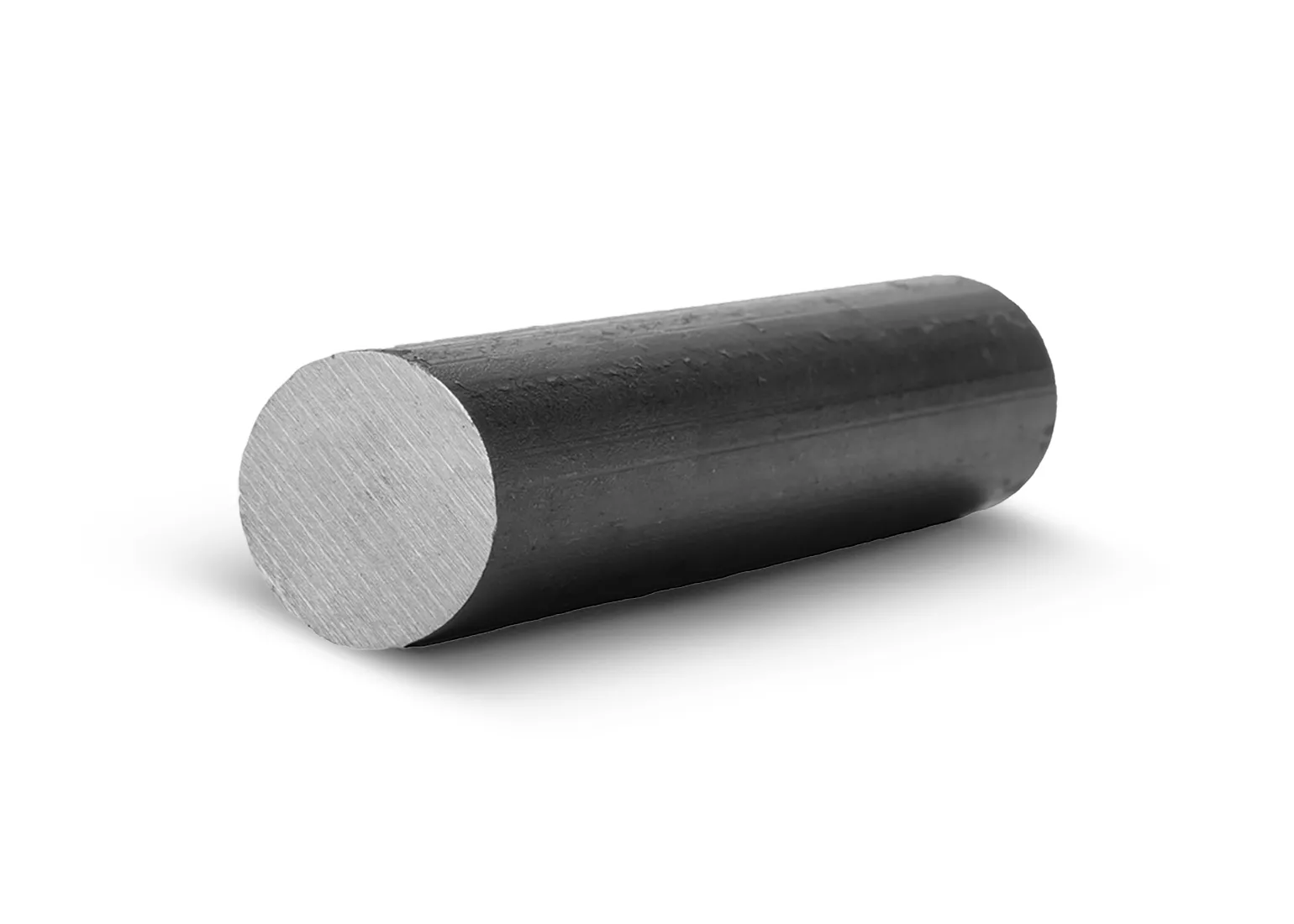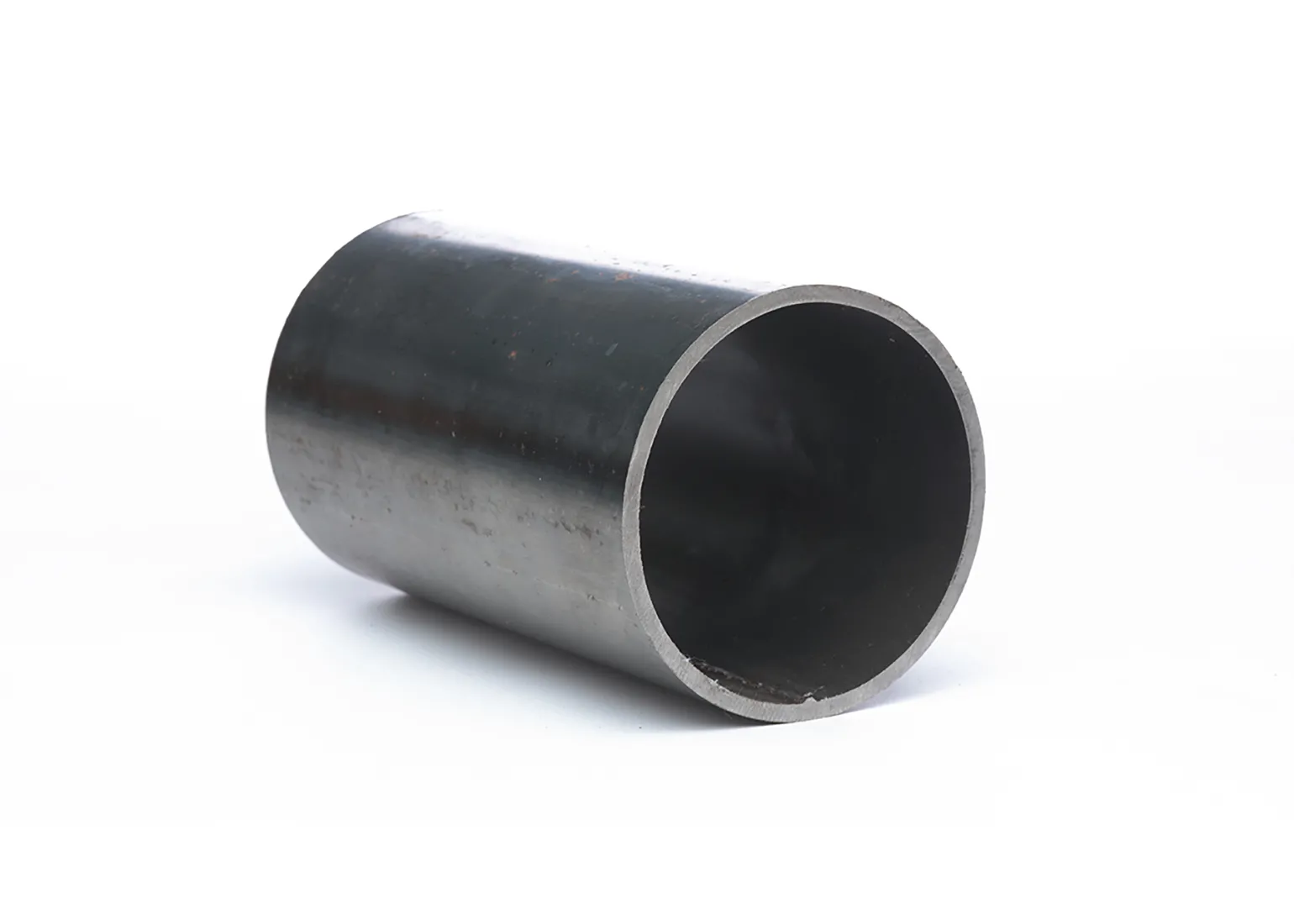What is Re-Rolled Steel?
Widely used in the construction, automotive, and other industries, cold rolled steel is made by re-rolling steel. It’s known for its strength and durability.
Find out more about this steel product and learn about the differences between hot and cold re-rolled steel, and about the rolling process.
Re-rolled steel: What is it?
Steel ingots are rolled in steel plants’ rolling mills to produce plates of the required thickness and enhance or obtain various mechanical and metallurgical properties, such as greater hardness. Rolled steel can be re-rolled for even greater material strength, improved dimensional accuracy, and a better surface finish.
This steel rolling process, also known as tempering, can be used instead of heat treatment. Re-rolling steel allows you to use it in applications where the metal needs to be bent or shaped to a certain degree without it breaking, as can be seen in our Equal Angles, Unequal Angles, and Tees.





